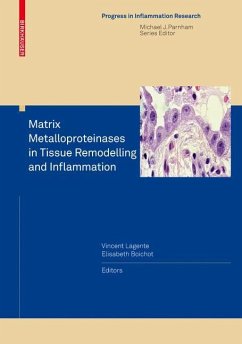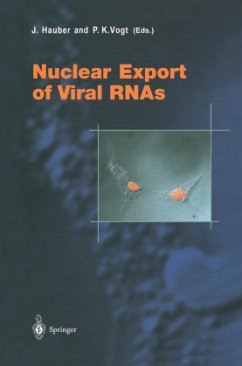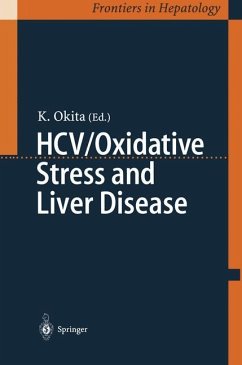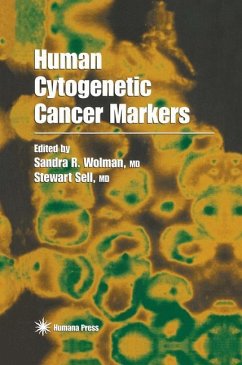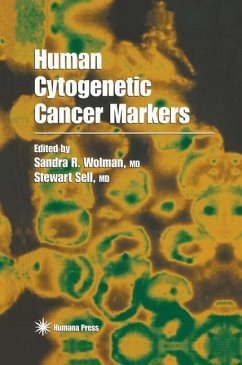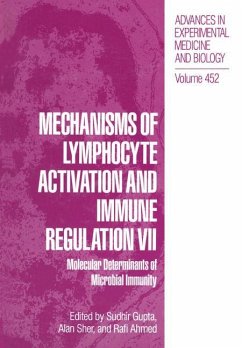
Oxidative Stress, Cell Activation and Viral Infection

PAYBACK Punkte
20 °P sammeln!
Since the appearance of photosynthesis on our planet, all living organisms have been facing a new abundant, extremely reactive element, oxygen. This element is used for the synthesis of highly energetic compounds, but can also generate molecules capable of damaging constituents of living structures, including proteins, nucleic acids and lipids. It is therefore no surprise that all biological organisms have evolved multiple and sophisticated ways to reduce the detrimental effects of oxygen. For cells and tissues of highly organized animals, particularly cells of the immune system, superoxidatio...
Since the appearance of photosynthesis on our planet, all living organisms have been facing a new abundant, extremely reactive element, oxygen. This element is used for the synthesis of highly energetic compounds, but can also generate molecules capable of damaging constituents of living structures, including proteins, nucleic acids and lipids. It is therefore no surprise that all biological organisms have evolved multiple and sophisticated ways to reduce the detrimental effects of oxygen. For cells and tissues of highly organized animals, particularly cells of the immune system, superoxidation products play an important role, via oxidative stress, in activation, inflammation and viral and bacterial infections. We must be grateful to Drs. C. Pasquier, C. Auclair, L. Packer and R. Olivier for having brought together many specialists in an international meeting held in Paris in March 1993, at the Ministry of Research. This book comprises an impressive amount of recent knowledge, a real mine for the reader in this fast developing field of research. Furthermore, we should not forget that this basic research may lead in the future to new therapeutic approaches to the most important pathologies of the latter part of this century, including AIDS.







